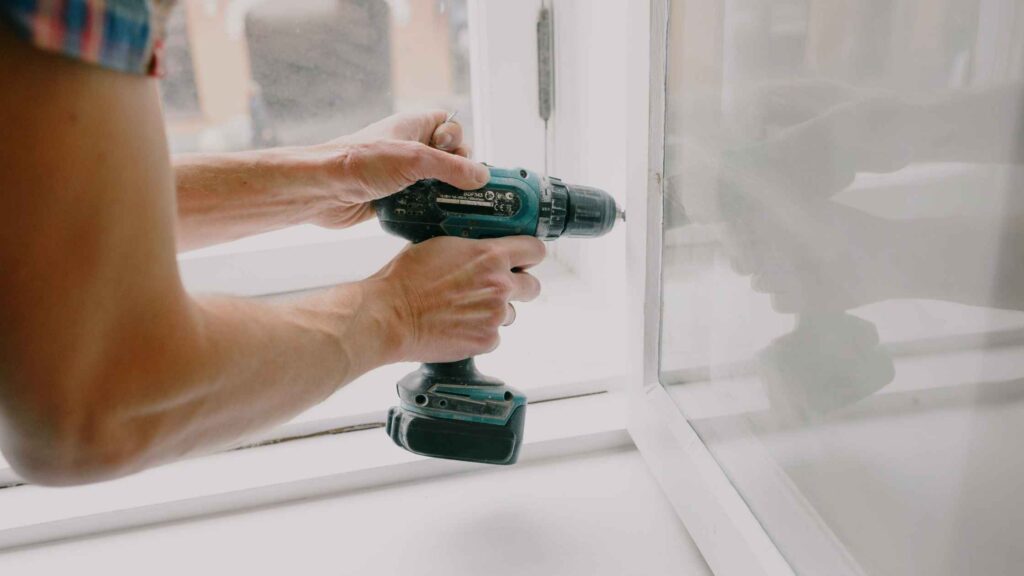Introduction
Subleasing can be a great way to offset the cost of your rent or find a temporary living arrangement. However, if not done properly, it can lead to legal complications and disputes. In this article, we will discuss the tips for creating a legally compliant sublet agreement, enabling you to protect your rights as a renter and ensure a smooth subleasing process.
Understanding Subletting
Before we delve into sublet agreements, let’s first understand what subletting entails. Subletting occurs when a current tenant decides to lease their rental property (either completely or partially) to another person, known as the subtenant. This can be either with or without the consent of the landlord, depending on the terms of the original lease agreement.
Seek Landlord’s Approval
The first step in subletting done right is seeking the approval of the landlord or property management company. Check your lease agreement for any specific provisions regarding subletting. Some leases might prohibit subletting altogether, while others might require the landlord’s consent. If your lease allows subletting, it’s crucial to go through the proper channels and obtain written consent from the landlord.
Drafting the Sublet Agreement
Once you have obtained the landlord’s approval, the next step is to create a legally compliant sublet agreement. Although not all states require a written agreement, it is highly recommended to have one to avoid any misunderstandings or legal issues. Here are some key points to include:
1. Parties Involved
Clearly identify the parties involved in the sublet agreement. This includes the original tenant (sublessor), the subtenant, and the landlord. Include their full names and contact information for easier correspondence.
2. Duration of Sublet
Specify the exact dates for the sublease period. Include the starting and ending dates to ensure clarity on the duration of the subtenant’s occupancy.
3. Rent and Utilities
Clearly outline the amount of rent the subtenant will pay for the sublet period, along with the due dates. Include information on how the rent should be paid, such as through a specific payment method or to a designated account. Also, mention the responsibility for utilities and any other recurring expenses.
4. Termination Clause
Include a termination clause that outlines the conditions under which either party can terminate the sublet agreement. This clause should specify the notice period required for termination and any penalties for early termination.
5. Maintenance and Repairs
Define the responsibilities of the subtenant in terms of maintaining the rental property. Specify any limitations or restrictions on modifications and repairs that the subtenant can undertake.
Seek Legal Advice
While it’s possible to create a sublet agreement on your own, seeking legal advice is advisable, especially if you have concerns or are unfamiliar with local laws and regulations. A lawyer specializing in landlord and tenant law can ensure that your agreement is legally compliant and protects both parties.
Summary
Subleasing can be a mutually beneficial arrangement for both tenants, allowing for flexibility and cost-sharing. However, it is crucial to approach subletting with caution and ensure that you are abiding by the terms of your lease and local laws. By seeking the landlord’s approval, drafting a comprehensive sublet agreement, and seeking legal advice if needed, you can create a legally compliant sublet agreement that protects your rights as a renter. Remember, proper planning and communication are key to a successful subleasing experience.







